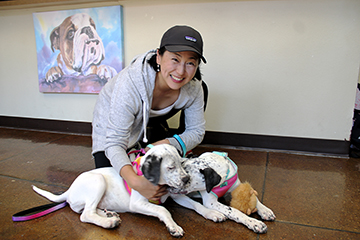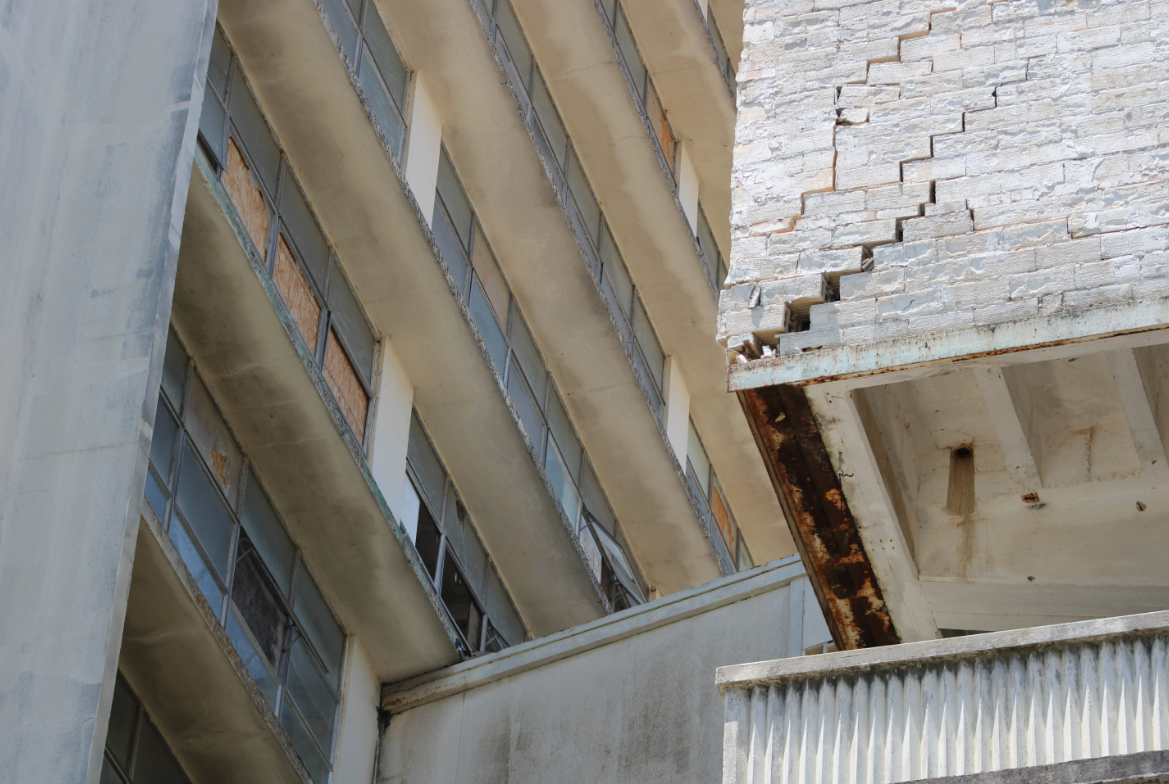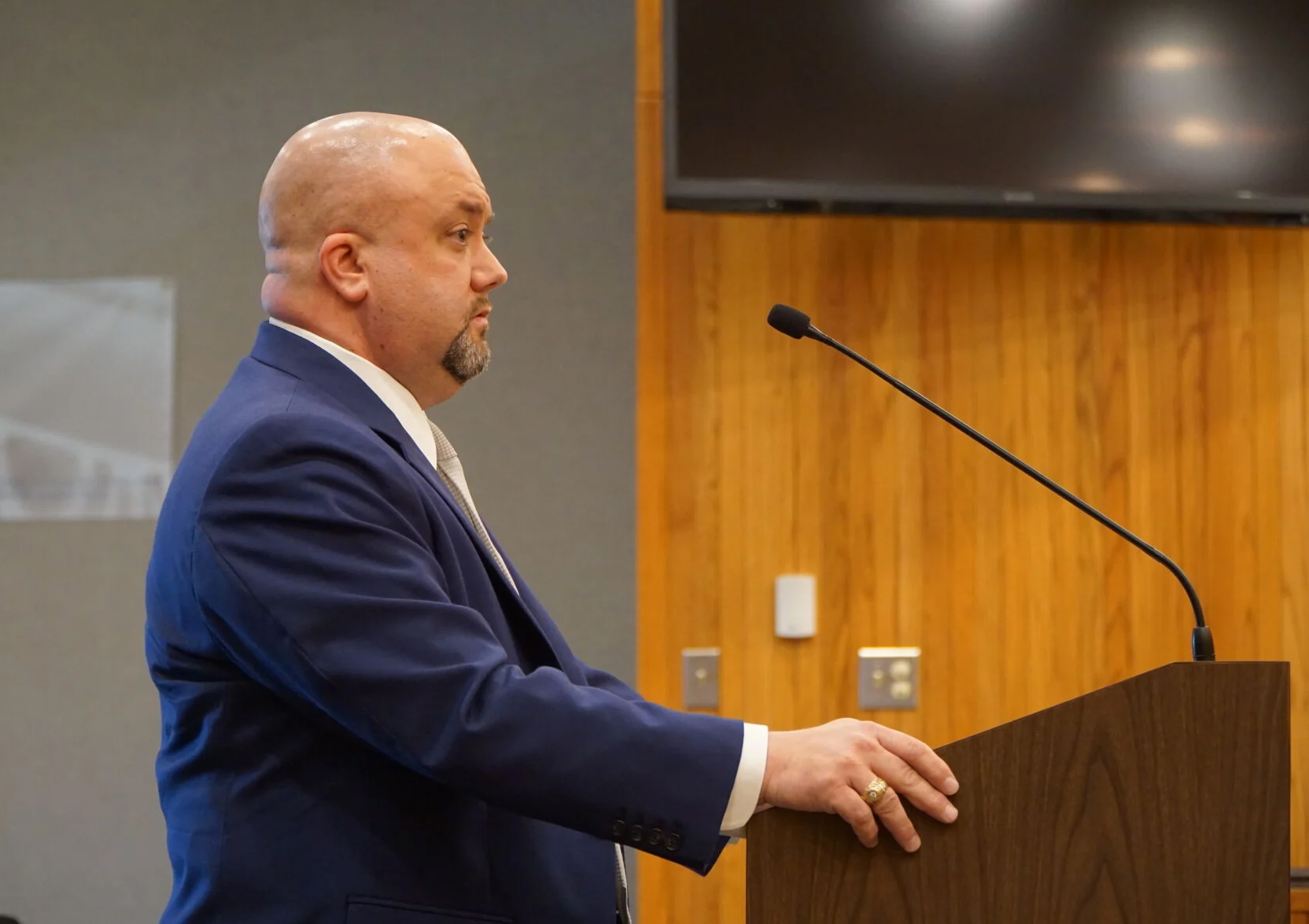Daugherty Cemetery in Jacksonville receives Historic Texas Designation
Published 9:21 pm Friday, June 27, 2025
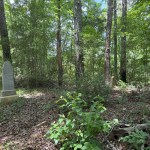
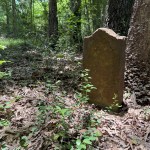
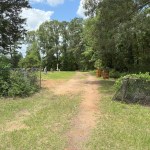

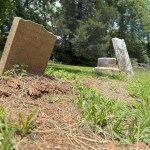
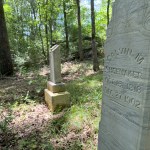
JACKSONVILLE — Tucked behind thick brush and aging trees, Daugherty Cemetery in Jacksonville — once nearly forgotten — has now been officially recognized with a Historic Texas Cemetery designation by the Texas Historical Commission.
Dating back to 1858, the site holds the graves of early settlers and ancestors of families still living in the area today, thanks in large part to the efforts of local resident Dorothy Newberry.
“I just think it’s some history of Cherokee County that needs to be preserved, and the only way to preserve it is to clean up what’s there and try to protect what’s there,” Newberry said.
Finding familial roots
Trending
Newberry’s involvement began about a decade ago after discovering that one of her great-grandfather’s brothers was buried less than 40 miles from her home. But finding the grave proved challenging.
“He had no marker and his wife supposedly is buried out there too,” she said. “I never knew that any of my mother’s family lived in this area because I grew up in the Panhandle in Amarillo and all our family was in a little town up there called Hereford.”
Through her research, Newberry learned the cemetery was named for George Moore Doherty, born in 1814 in Jefferson County, Tennessee. He arrived in what is now Cherokee County, Texas, in 1839 with his father and brothers as part of a migration of several families — including the Shoemakers and McCrackens — from Cherokee County, Alabama. In 1842, he married Mary Ann Shoemaker and was granted 640 acres, where he established a home and a grist mill along Gum Creek in what was then called Gent, later renamed Pine Grove.
During the Civil War, Doherty’s mill became vital to the community. According to local accounts, he was asked to remain home to keep it running. He also set aside land for a church and a cemetery — now known as Daugherty Cemetery. It is not known how the name change occurred. The oldest marked grave is that of his father-in-law, John Shoemaker, who died in 1858.
Divided grounds
The cemetery is uniquely divided into three distinct sections. The first, located closest to County Road 1802, is believed to be the burial site for enslaved individuals. This section contains few visible headstones but is maintained with regular mowing and is enclosed by a fence.
The second section, known as the Daughtry section, contains large trees — some of which have fallen and remain untouched under thick brush. This middle acre is heavily overgrown, making it difficult to know exactly how many graves are there.
Trending
“It’s just monumental,” Newberry said. “We don’t know what’s under those trees. We don’t know if stones have been broken. We just don’t know because we can’t move them.”
Newberry recalled how overgrown and neglected the site was when she first searched for it. “I had to keep looking, but I just couldn’t believe it,” she said. “It was like no one had ever cared for it.”
The third and most recently used section lies beyond the Daughtry area and primarily serves as the burial ground for members of the local Black community. Historically, the area was a predominantly white settlement with a white church, but around the time of the Civil War, the white population moved out, and the community gradually became predominantly Black.
That same church eventually became Pennel Chapel CME Church, believed to be named after Moses Pennal, a preacher listed in the 1880 census. Though the land for the church was deeded to trustees in 1898, according to Newberry, no formal deed has been found for the cemetery itself. The site currently spans about one acre, though expansion may be possible following a nearby land purchase by the Pine Grove Community Center.
Daugherty Cemetery is located approximately 6 miles southwest of Jacksonville. It can be accessed via State Road 747, turning onto County Road 3114. The cemetery lies near the now-quiet Pennel Chapel CME Church in the Pine Grove community.
Stepping into the historian role
Since discovering the cemetery, Newberry has taken on the role of caretaker and historian, documenting more than 50 known burials — including Civil War veterans — and gathering genealogical and deed research. She has organized volunteer cleanup days and submitted extensive paperwork to the Texas Historical Commission (THC), securing the Historic Texas Cemetery designation after nearly a year-long process.
“The other side of the coin is some people, who say if I bring attention to the cemetery, that it’s gonna cause more vandalism and stuff like that,” Newberry said. “But it’s still important to have something that says we are preserving this part of history in Cherokee County.”
Recognition, but not restoration
According to the THC, the designation is reserved for cemeteries at least 50 years old and requires documentation of their historical significance. While it encourages preservation, it doesn’t guarantee protection against development, vandalism, or deterioration.
“Cemeteries are important keys in the history of Texas,” said Brad Patterson, deputy executive director for preservation programs at THC. “Designation as a Historic Texas Cemetery helps increase public awareness of these important cultural resources. Knowledge and education are among the best ways to guarantee the preservation of a historic cemetery.”
But for Daugherty Cemetery, maintenance remains an uphill battle.
“I’ve not gotten anybody to clean it up,” Newberry said. “That’s one of my goals… I’ve gotten three bids to get it cleaned up and they’re all $20,000, and I cannot spend $20,000 on the cemetery, as much as I would love to.”
Her efforts have largely been solo, with limited support from local historical societies and officials. Yet Newberry remains determined.
“The proof is there that it existed, and that it still exists,” she said. “The only way to preserve it is to clean up what’s there and protect what’s left.”











